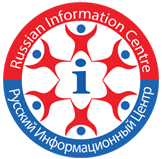Saint Petersburg was founded in the Neva river delta during a very stormy period in Russian history at the beginning of XVII century. For many centuries the banks of the Neva, as well as Ladoga and Onega lakes were the apple of discord between Russian Dukes and Swedish or German feudal lords, as trade routes leading to the South went along these waterways.
In 1240 Grand Duke Alexander Nevsky defeated the Swedes on Neva River and joined the lands to the Novgorodian Principality. In 1617, during the time of Tsar Michail Fedorovitch, Sweden succeeded to take the Northern territories over. In order to block the Baltic Sea they founded the Nienschants fortress at a place where Okhta River flows into the Neva. Russia was totally cut off from the Baltic Sea and prevented from normal economic and cultural links with Europe.
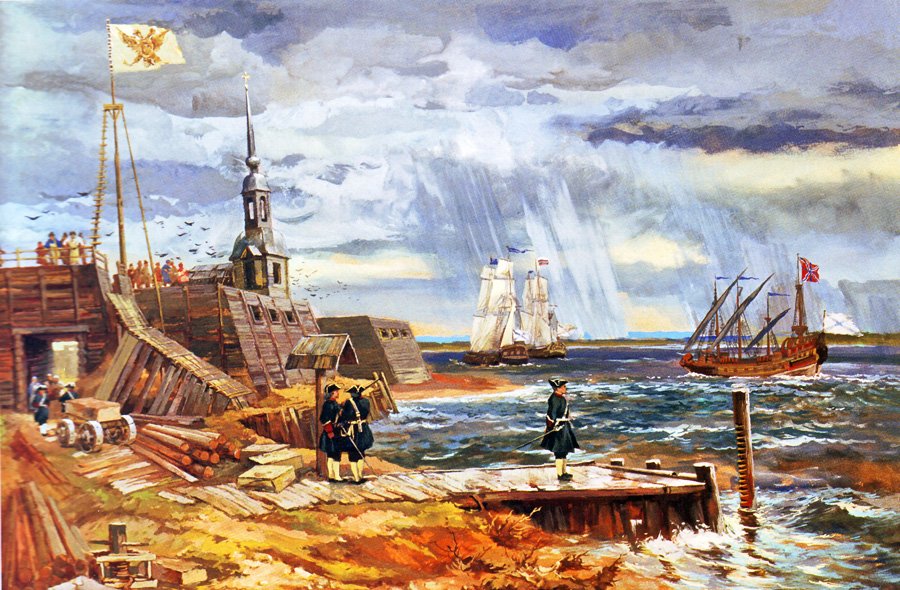
The beginning of construction of Saint Petersburg Author: Alexander Blinkov
When Peter the Great ascended the throne he decided to return the age-old Russian lands to “open the window to Europe’. In August 1700 he started the Northern War with Sweden which lasted for 21 years. In autumn 1702 Russian troops seized the Swedish fortress Noteburg (the Nut) and in spring 1703 surrounded Nienschants fortress and joined the strategic important lands to Russia. In May 1703 a fortress was founded on the Zayachy (Hare) Island in order to protect the conquered lands from Swedish attack. The fortress was named Saint Petersburg.
Its foundation date May 27 became the birthday of the city. During the first years of its existence, St. Petersburg was constantly threatened by the enemy. Only after the triumphal victory in the battle at Poltava in 1709 and the capture of Vyborg in 1710 the safety of St. Petersburg was strengthened. In 1711 the royal family and the court moved to the city. In 1712 St. Petersburg was declared the capital of the Russian Empire.
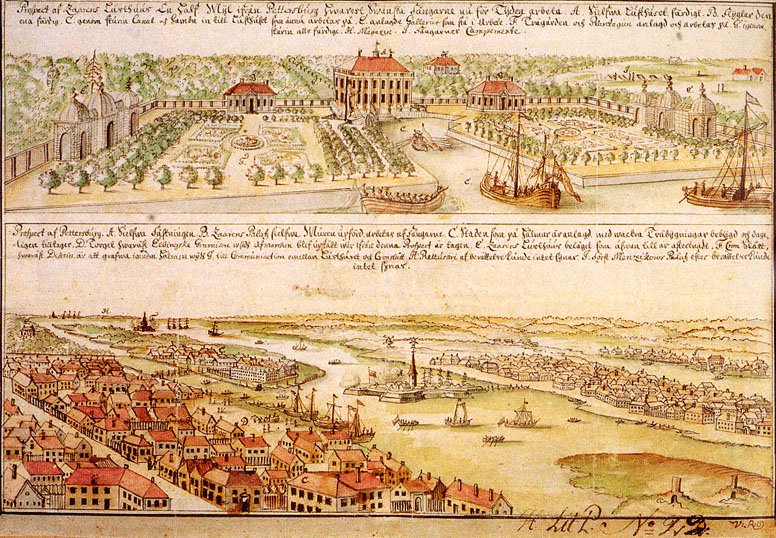
View of St. Petersburg: Peter and Paul fortress and Spit of Basil Island, 1715. Author: Paul Betun, Swedish engineer

Peter and Paul Fortress, nowadays
Russian soldiers were the first to construct the city; by the autumn 1703 over twenty thousand working men participated in the works. There was a shortage of building material, workmen and foodstuff. The land was low-lying, damp, and marshy. In spite of all the difficulties the city grew rapidly. Peter I compelled thousands of peasants and working people, and hundreds of merchants and noblemen to move to St. Petersburg. From the very beginning Peter I saw St. Petersburg as a regularly planned and European looking city. He invited architects, engineers, painters, sculptors, gardeners and experts in applied art from Europe to live and work in the new capital. D. Trezzini was one of the first architects of the city who worked out the plan of the city centre located simultaneously on both banks of the Neva.
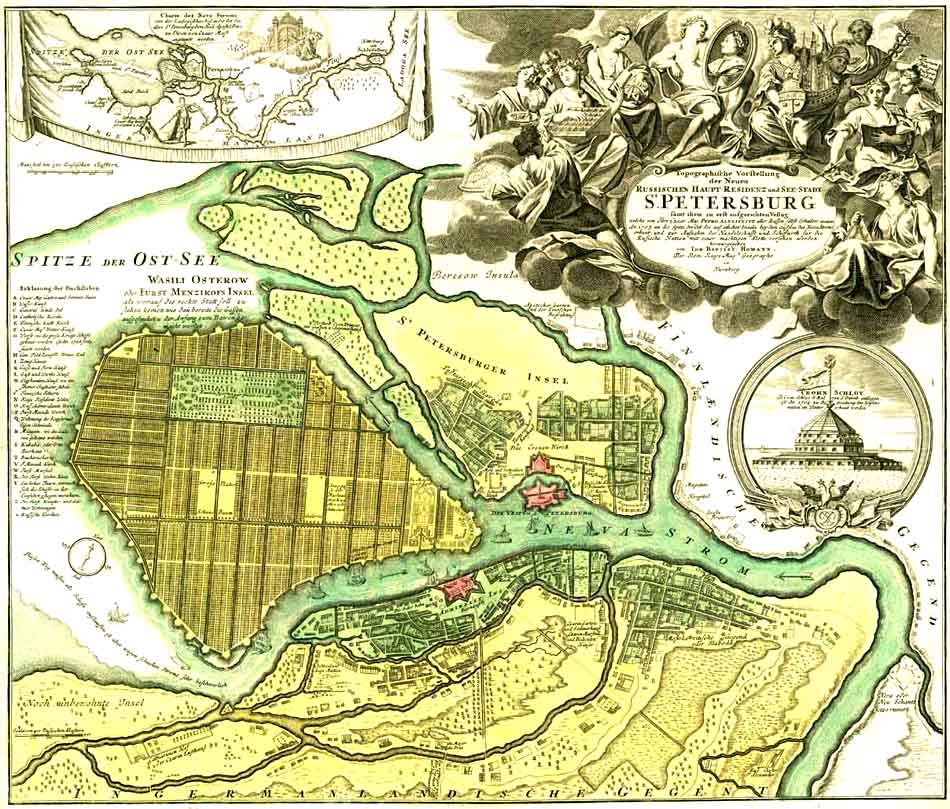
Plan of Saint Petersburg with a draft layout of Basil island, prepared by Domenico Trezzini, 1717

Basil Island, nowadays
Peter the Great was an outstanding statesman and one of the most prominent figures in Russian history. His reign started an age of radical reforms of the political, cultural and economic systems of Russia. The foundation of the new city at the mouth of the Neva River was one of Peter’s most significant acts. The development of St. Petersburg and its architecture reflected Peter I’s reforms. They were designed to integrate Russia into European civilization. By the end of the first quarter of the 18th century St. Petersburg fortified its position as a military and political centre, as well as the biggest seaport of Russia, being at the same time a centre of enlightenment and secular culture.
St. Petersburg has had several names from its foundation. The city got its name because of Apostle St. Peter when the first stone of the fortress was laid. In 1914 the First World War (WWI) started and the German sounding name was changed to the Russian sounding one- Petrograd. The new name existed for only 10 years. In 1924, after Lenin’s death, the city was bestowed his name- Leningrad- since Lenin’s life and revolutionary activities were closely connected with this city. In 1991 the original name- St. Petersburg- was returned to the city, when the political, economic, and social changes started in Russia. Since that time many streets and squares in the city have been given their original names. One of the unofficial names of the city is the Northern Venice. The city is situated on the islands like Venice. There used to be 101 islands in the city. Since many canals were filled in with earth in the 19th century, nowadays there are 42 islands.
One of the most famous names of the city is the “hero city”. This was the first city in Russia awarded with this title. The name Leningrad in Russia is associated with unprecedented heroism and courage of its citizens during World War II. For 900 days Leningrad was besieged by Nazi troops from 8 September 1941 till 27 January 1944. Over one million people died from starvation, cold, bombing, defending the city but the city survived and never let the enemies enter Leningrad.

View of the Winter Palace from the Admiralty. Author: Sadovnikov, Vasily
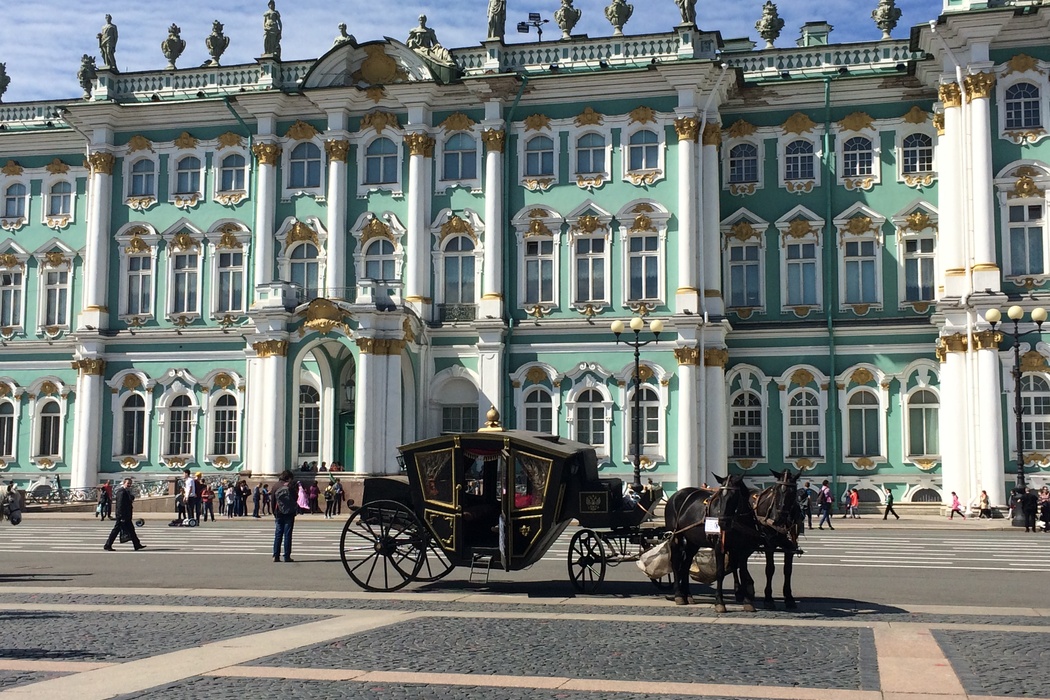
Winter Palace, nowadays
St. Petersburg is generally recognized as one of the most outstanding cities in the world which has gained world fame. During two hundred years the architectural panoramas of its squares and streets, embankments and prospects were created by the best Russian and European architects, who skillfully applied their own ideas and tastefully combined them with the creations of the previous generations and surrounding nature.
Various architectural styles of St. Petersburg
The first architects of St. Petersburg designed buildings in the style known as Peter’s Baroque. It was developed in the first quarter of the 18th century. Very simple, elegant exterior practically without decorations and, on the contrary, the interior was elaborately designed. The middle of the 18th century was the time of sumptuous Russian Baroque. The buildings of that epoch amaze with their sizes and opulent decoration of the facades and interiors. Abundance of intricate moldings, gilded woodcarvings, mirrors, statues are typical for Elizabeth I’s reign. In the second half of the 18th century the city acquired the appearance of solemn Classicism. Austere, clear-cut compositions, plain walls were typical for early classical buildings. The first half of the 19th century was the time of great victories and national upsurge in Russia which reflected in late Classicism or Russian Imperial Style. Solemn and triumphal motifs dominated in architecture. By mid-19th century Classicism was replaced by eclecticism and stylization based on various architectural forms of the past. In the early 20th century the Art Nouveau Style or Modern Style appeared. It characterized by the use of flowing lines based on organic forms, such as plants, waves, and animals. By the early 20th century St. Petersburg became one of the grandeur European capitals. Splendid architectural ensembles, gorgeous palaces, austere embankments, marvelous gardens, numerous bridges and, of course, various cathedrals, churches and temples of different confessions formed the unforgettable and unique view of St. Petersburg.
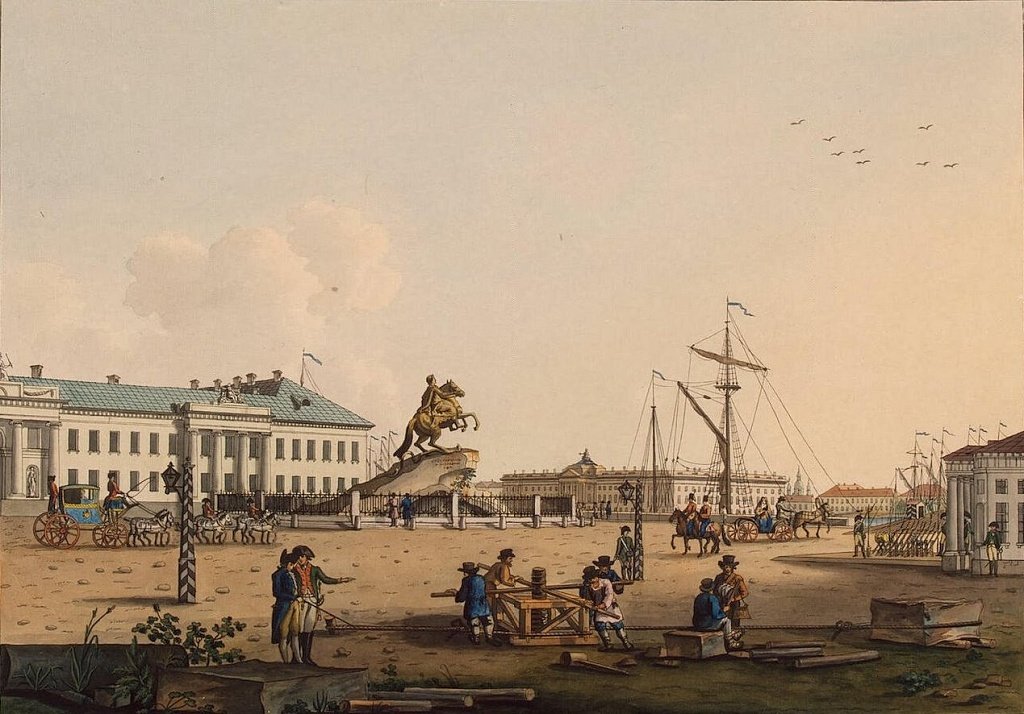
The Bronze Horseman is a monument to Peter the Great on the Senate square. The opening of the monument took place on August 7 1782. It is the first monument in Saint Petersburg.
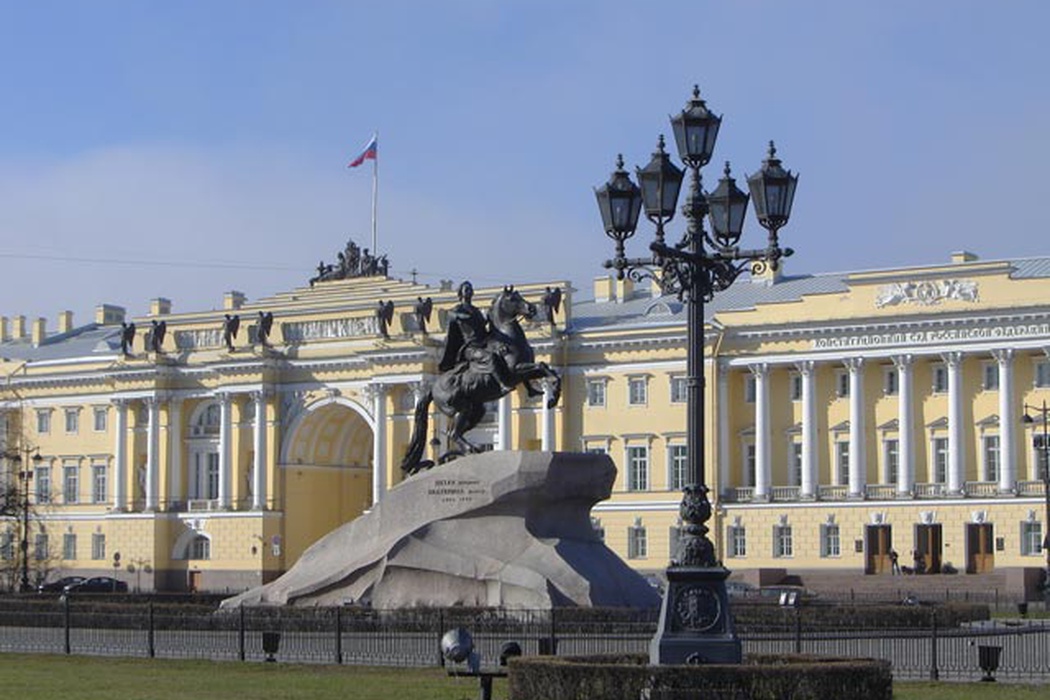
The Bronze Horseman on the Senate square, nowadays
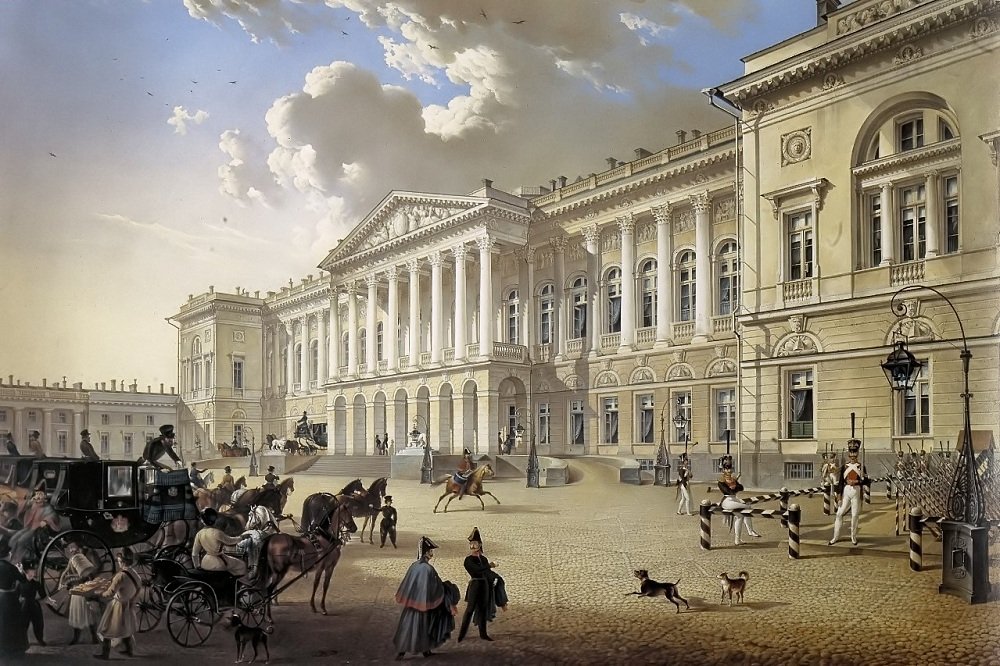
The Mikhailovsky Palace. XIX century
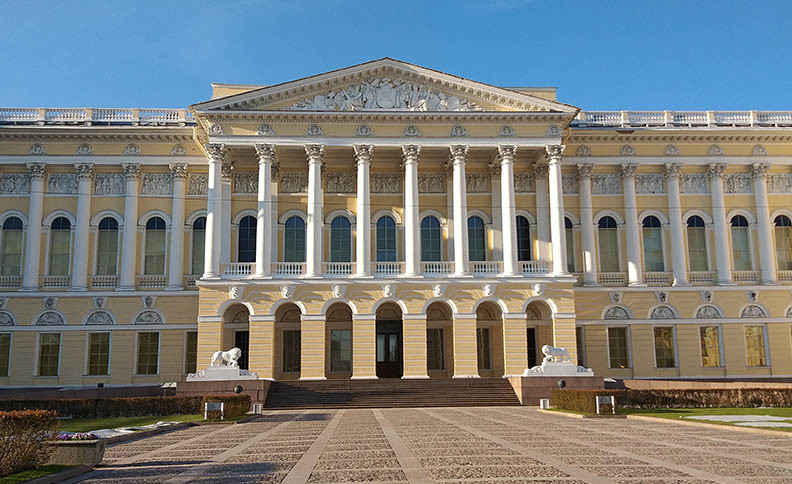
The Mikhailovsky Palace, nowadays
Text by Ekaterina Chistyakova
Visit the grand locations that St Petersburg has to offer!
Contact us@ Russian InfoCenter to Book Classic Russia tour 5n/6d and more tour packages from India to Russia
Choose from flights ex Delhi, Mumbai & Calcutta
Fill the form below and we’ll get back to you right away!
